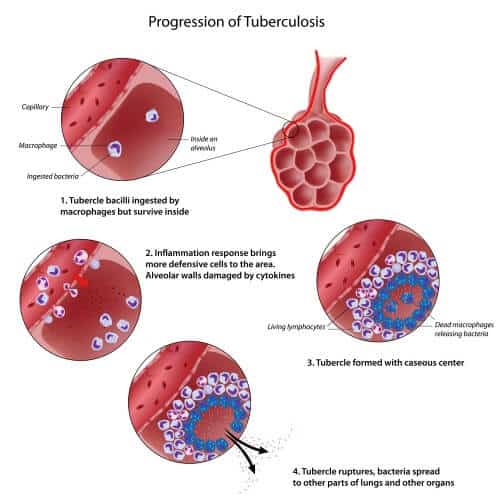A new technology for reconstructing DNA and determining its sequence, finally makes it possible to assemble the complete genomes of ancient disease-causing agents as well as of their elusive modern relatives.

The genome of the bacterium Mycobacterium leprae (Mycobacterium lepra), the cause of leprosy (Hansen's disease) has changed very slowly over the last thousand years, but in less than a hundred years resistant strains have been created to the intensive antibiotic treatment given today.
This genetic history of the bacterium was discovered with the help of a technique known as "DNA Fishing" in the development of which the geneticist Johannes Kraus from the University of Tübingen in Germany participated. In the first step, the researchers looked for DNA of bacterial origin in ancient bones and teeth. They "fished" for ancestral bacterial DNA with the help of complementary strands of DNA that were used as baits. In the next step, they determined the ancient DNA sequence attached to the bait. Kraus and his colleagues published the results of the study in the journal Science in June 2013.
Based on the evolutionary history of pathogens, researchers try to determine the point in time when the antibiotic-resistant strains appeared. The data can also reveal when changes in people's living conditions, such as, for example, an improvement in sanitation conditions, affected infection rates more than the genetic characteristics of the disease-causing agents themselves did at that time. According to epidemiologist Sharon DeWitt from the University of South Carolina, these insights "are important to understanding how these diseases may develop in the future and what form they may take."
Kraus says that the next important target bacterium in "DNA fishing" is Mycobacterium tuberculosis, the cause of tuberculosis, the most common deadly infectious disease in the world after AIDS.
According to Helen Donahue, a microbiologist at University College London, the DNA fishing method may miss ancient segments of DNA that are completely missing in the genomes of modern strains, but the method allows scientists to learn about the genomes of pathogens from ancient times even if they are much less conserved. And adds Alison DeWalt, a scientist at McMaster University who studies ancient cholera, "As long as enough nucleic acids are preserved in the sample, there's actually no limit to the possibilities." Soon the damages from the previous centuries, and even the previous millennia, will be exposed in their depth to help future generations avoid the terrible torments of the past.
The article was published with the permission of Scientific American Israel
